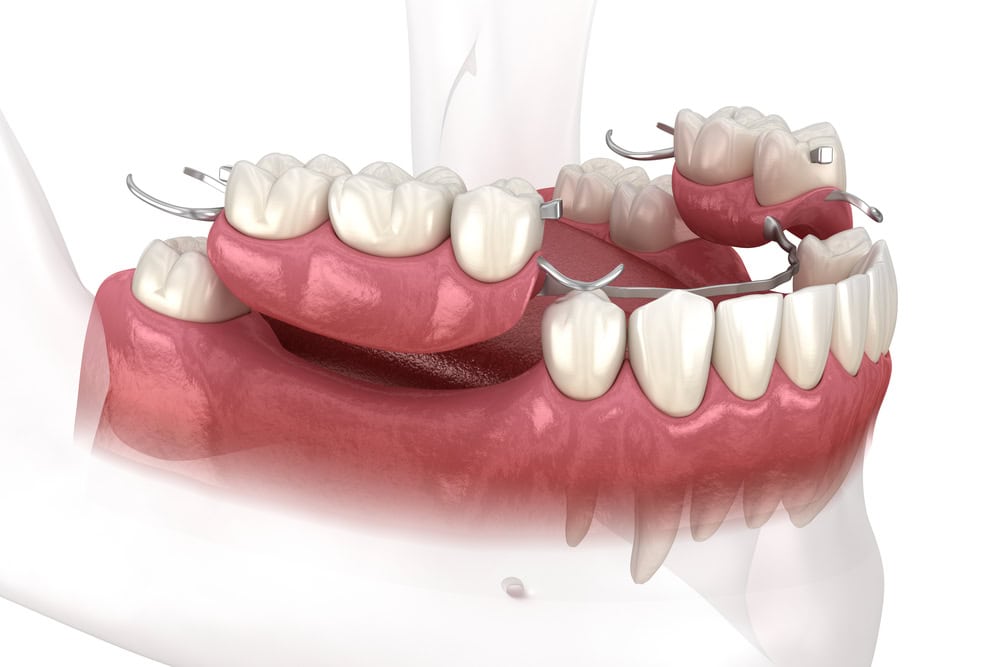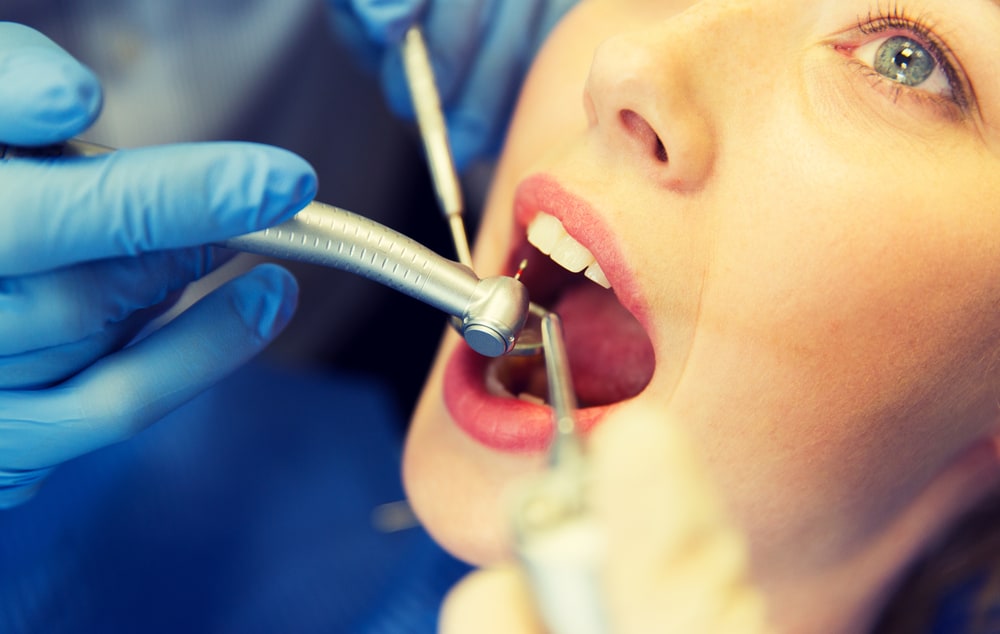The frenum is what causes tongue-tie and lip-tie in adulthood, which restricts the movement of the tongue and lip, respectively. A band of tissue called the frenum, which is either too short, too tight, or positioned improperly, forms a thin line between the lip and gum. If your child encounters this, the dentist may recommend laser lip and tongue tie surgery.
If you have laser lip and tongue tie surgery, then here are some of the benefits:
- Better communication and self-esteem during development
- Improved breathing, chewing, and swallowing
- Reduced risk of oral health issues such as tooth decay and cavities
- Improved jaw development and alignment
A restriction of your tongue and lip-ties can cause issues with development, such as poor tooth development and lack of quality speech.
Now that we’re aware of some of the benefits of having surgery let’s understand more about both treatments and what they are.
What Is Tongue-Tie?
The lingual frenulum, a band of flesh, and the labial frenum, a band of flesh connecting the upper and lower lip to the gums, are what cause tongue-tie. The tongue cannot function correctly as a result of both these conditions.
As a result, parents start to experience nipple pain, and their children experience poor speech impediment whilst having trouble breastfeeding.
As a result of tongue-tie, adults will show common signs such as issues sticking their tongue out of their mouth past the lower front teeth, having issues lifting the tongue to connect with their upper teeth or freely moving their tongue from side to side.
If your child has a tongue-tie, then it is likely that these same symptoms are likely to occur.
What Is Lip-Tie In Adulthood?
When the labial frenum stretches near the gum line and makes it difficult to move the lip, this is known as a lip-tie, which hinders tooth development. Baby teeth may not be able to erupt fully as a result, which may also result in misalignment. You can probably tell if your child has lip-tie when the lip is hard to separate from the gums. It can become hazardous as the youngster develops.
You can tell if your child has a tongue-tie by looking for the following symptoms:
When feeding, the following behaviours should be avoided:
- Choking and coughing
- Chewing on the nipple
- Insufficient milk transfer
What Happens During Tongue-Tie and Lip-Tie Laser Surgery?
A frenotomy, or medical laser procedure, is used to free a tongue tie or lip tie in adulthood. What to anticipate at an appointment is as follows?
- Step 1: A preliminary evaluation of the child’s dental health and medical background. Additionally, the parent and the dentist will go over the course of action and follow-up care.
- Step 2: The dentist looks at the frenulum and uses a medical laser to cut away any tissue or tight frenulum under the tongue or upper lip. This promotes quicker, painless healing while also eliminating germs.
- Step 3: The dentist suggests doing rehabilitation exercises with the child and scheduling a dental check-up (often after a week) to track the healing.
It only takes five minutes to complete the safe and painless laser therapy.
How Can I Tell If I Have A Tongue-Tie Or Lip-Tie?
So, how can you tell if you have a tongue-tie or a lip-tie in adulthood? The best way to check it out is to open wide, lift your tongue, and try to touch the area behind your upper teeth. If you can only lift your tongue halfway or less when looking in the mirror, then this means there is a restriction.
You can only move so far. Even those who can lift their tongues above halfway may raise the bottom of the mouth to “compensate,” which could result in limited movement but an otherwise “normal” appearance. To effectively identify a tongue-tie or tongue limitation, it is crucial to remember that symptoms are more significant than appearance in adults (or babies or children).
If you’ve identified that you experience a tongue-tie or lip-tie in adulthood, then you can consult our experienced dentist in St Marys for treatment today!







